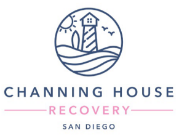in network with







Understanding Prescription Drug Misuse and Its Risks
How does it work?
Chronic medical conditions are the most common source of prescription medication misuse. Unfortunately, these are also medications most likely to lead to overdose deaths and serious injury. The Centers for Disease Control and Prevention (CDC) has stated that “U.S. Prescription drugs, especially opioid analgesics, have been increasingly involved in drug overdose deaths.” The rate of deaths caused by prescription drug misuse doubled between 1999 and 2010. The most common types of abused prescriptions include:
- Central Nervous System (CNS) Depressants
- Opioids
- Stimulants
WHAT IS CONSIDERED A PRESCRIPTION DRUG?
A doctor must write the prescription, and a pharmacy must fill the medication to be considered a prescription drug. Some people mix up over-the-counter drugs and prescription medication, but they are two different classes assigned by the Food Drug Administration (FDA). Over-the-counter medications have a much lower risk for misuse or severe side effects.
The National Institute on Drug Abuse lists the following as the most commonly misused prescription drugs:
- Depressants: sleep medications, barbiturates, and benzodiazepines
- Stimulants: amphetamines and methylphenidate
- Opioids: pain relievers, methadone, codeine, morphine, fentanyl, and analogs
- Other Drugs: Dextromethorphan (DXM)

The National Institute on Drug Abuse lists the following as the most commonly misused prescription drugs:
- Depressants: sleep medications, barbiturates, and benzodiazepines
- Stimulants: amphetamines and methylphenidate
- Opioids: pain relievers, methadone, codeine, morphine, fentanyl, and analogs
- Other Drugs: Dextromethorphan (DXM)
TREATMENT OPTIONS
There is no one timeline or definitive set of symptoms for prescription medication withdrawal and detox because individual reactions are so different. Everything depends on the type of drug taken, for how long, and at what dose. However, they are often dangerous to stop taking without proper medical supervision.
WHAT TO EXPECT DURING DETOX AND WITHDRAWAL
Depending on what prescription drug the individual took, stopping “cold-turkey” at home without medical supervision could lead to serious injury, illness, or even death. The safest way to detox is under the care of trained medical professionals.
For some medications, slowly lowering the dose over a period of time under the supervision of a medical team is safer to ease off of them. How long this process takes can range from a few weeks to a year, depending on how fast-acting the medications are and the starting dose. To learn more about the timeline expectation for withdrawal symptoms, you can speak with your doctor or reach out to a rehabilitation facility near you.
AVAILABLE THERAPY OPTIONS
Most treatments of prescription drug abuse include a combination of psychotherapy and medication-assisted therapy (MAT). The type of therapy or medical treatment that will work best must be determined by a medical professional due to the many variations of the type of drug and length of time taken. The most common psychotherapy used to treat addiction is cognitive-behavioral therapy (CBT).
Verify your insurance today
SIGNS OF PRESCRIPTION DRUG ADDICTION
Recognizing when someone has become addicted to prescription medications can be challenging, especially if they have chronic pain or other health conditions. Many people contribute any changes in mood and behavior to accepted side effects of the prescription. However, a few common signs of prescription drug addiction that you may notice include the following:
- Filling prescriptions more often than should be necessary
- Filling prescriptions from multiple doctors or “doctor shopping,” including online, to get a higher quantity of the drug
- Taking the medication at a higher dose than prescribed
- Unusual changes in sleeping pattern and energy levels
- Aggressive behavior when questioned about prescription use or when it is not available
- Severe mood swings that coincide with whether or not they have access to the prescription
- Withdrawal symptoms
- Taking prescription drugs assigned to someone else
- Often “losing” prescription medications and requiring faster refills
- Crushing or breaking pills
- Stealing or forging prescriptions for the drug
- Lying or exhibiting uncharacteristic behaviors related to the prescription
- Having stashes of the medicine hidden around their house
Symptoms based on each type of drug
Each type of drug has unique symptoms that manifest if you take more than the recommended dose:
- Depressants: unusual and severe drowsiness, uncoordinated movements, involuntary rapid eye movement, dizziness, mental fog or confusion, sounds and looks under the influence, involuntary tics, bad memory, lack of inhibitions, and unusually poor judgment.
- Opioids: depression, mental confusion, unusual sweating, constipation, hypotension (low blood pressure), lower rate of respiration, risk-taking behaviors, bad judgment (especially in areas of personal safety), and lack of coordination.
- Stimulant: unexpected weight loss, decreased appetite, irritability or mood swings, insomnia or other sleep changes, risk-taking behaviors, restlessness, and hyperactivity.
Verify your insurance today
WE ARE HERE
For you
DON'T WANT TO MAKE THE MOST IMPORTANT CALL OF YOUR LIFE
Chronic health conditions often require prescription medications to help decrease levels of pain and discomfort. These prescriptions frequently lead to developing a tolerance which means a higher dose of the drug is needed to reach the same amount of relief. When tolerance levels get to a point where taking higher doses is physically unsafe, some people will switch to more potent non-prescription drugs such as heroin to relieve their chronic pain. Many of these prescriptions are highly addictive, and the combination of overmedicating and addiction can lead to severe injury or even death. Channing House Recovery has comprehensive rehabilitation services that can help. You can also reach out to your doctor for additional resources.

